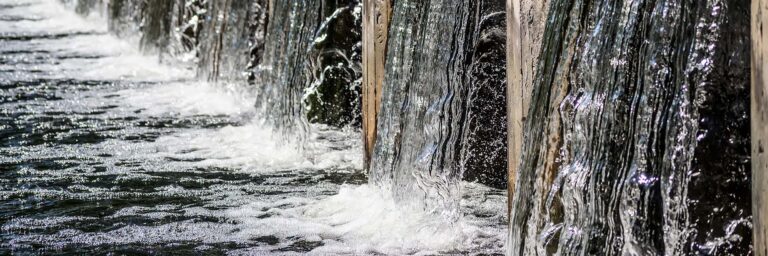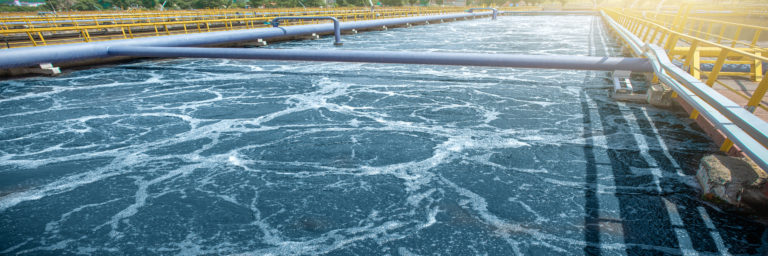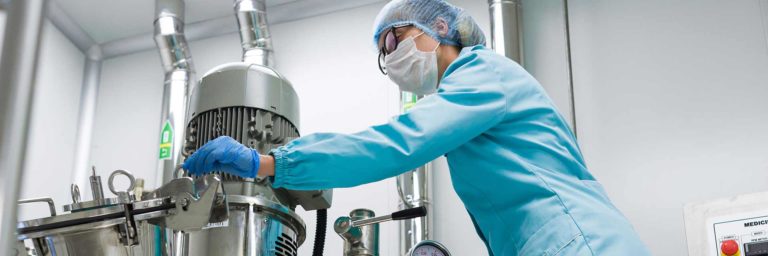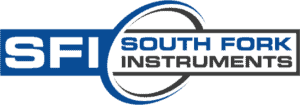Foam Control
Environmental Impact of Foam in Wastewater Treatment Systems
Foam in wastewater treatment systems is a common operational issue, typically formed when gas becomes trapped in liquid and stabilized by surfactants or biological materials. While foam formation can occur in a variety of processes, […]
Read MoreUnderstanding Foam in Industrial Applications: More than Just Bubbles
Foam is a familiar yet complex material encountered in everyday life—from the frothy head of a beer to the lather of a shampoo. Despite its commonplace presence, the science behind foam involves labyrinthine physical, chemical, […]
Read MoreDo Ultrasonic Level Transmitters Still Have a Place in Modern Control Systems?
Change can be a formidable force, especially when it comes to technological advancements. With the advent of cutting-edge radar level gauges, it’s easy to question the continued relevance of traditional technologies such as ultrasonic level […]
Read MoreFoam Control Systems: The Most Effective Tool To Control Costs
Almost every market sector struggles to control foam in industrial processes. Yet, it’s a challenge that industries such as pharma, brewing, paint manufacturing, wastewater treatment, oil and gas, and food processing have a lot to […]
Read MoreHow Hycontrol Overcame Challenges with Industrial Foam Detection
We all experience foam every day. Foam forms when squeezing a bath sponge, shaking a can of soda, or whipping a cup of coffee. Foam also arises in many industrial processes. It can be produced […]
Read MoreFoam Control in Bioreactors Used in Biopharmaceutical Manufacturing
The formation of foam within bioreactors has been an industry-wide issue for decades. The foaming tendency of the nutrient media used to cultivate bacteria, algae or animal cells in the production of antibiotics, vaccines, steroids […]
Read MoreSOUTH FORK INSTRUMENTS
3845 Buffalo Road
Auburn, CA 95602
Tel: (+1) 925-461-5059







